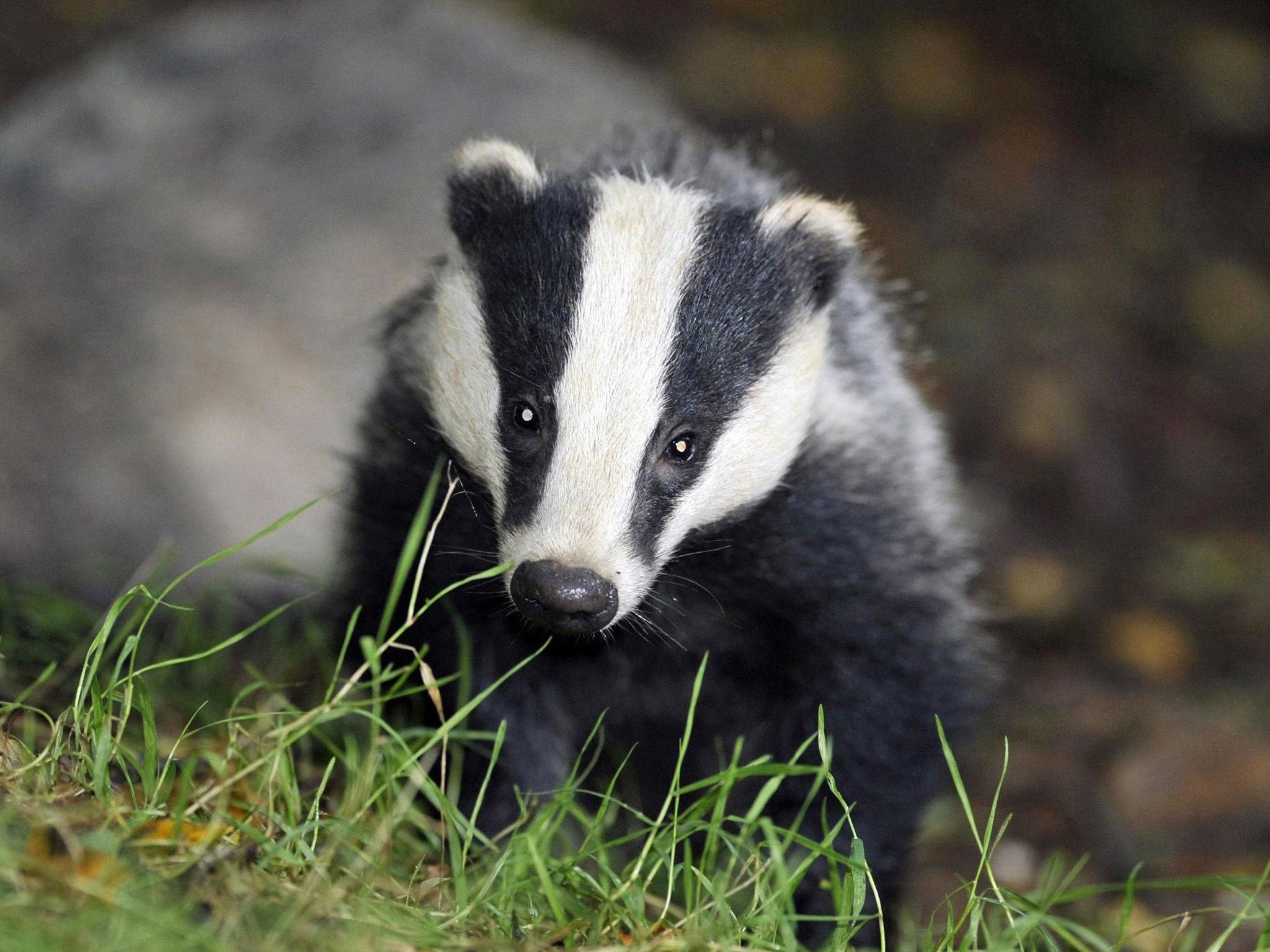Figures emerge showing that up to a fifth of culled badgers took more than five minutes to die during recent trials

The full extent of the badgers’ suffering during the recent culls was laid bare today, as new figures showed nearly a fifth of the animals shot may have taken more than five minutes to die – while it emerged that marksmen frequently failed to take the appropriate biosecurity measures.
Leaked details of a forthcoming report into the effectiveness, humaneness and safety of the recent badger cull trials in Somerset and Gloucestershire found them to be inhumane and ineffective – although it concluded they posed no risk to human safety.
The report by a government-appointed independent panel of experts concluded that between 6.4 per cent and 18 per cent of the badgers shot in the cull took more than five minutes to die – against a “humane” target of 5 per cent.
Furthermore, it determined that marksmen killed less than half of the badgers they intended to during the initial six-week cull, a rate that experts said could actually exacerbate the spread of bovine tuberculosis, which badgers help transmit between cattle. This is because fleeing badgers can carry their disease to new areas.
Professor Rosie Woodroffe, of the Zoological Society of London and who worked on a landmark 10-year study of badger culling said: “These figures are significant because they are more accurate than the previous government estimates. They suggest that the number of badgers killed in each cull was quite a lot less than half and change the way we think about their effectiveness.”
The government had previously estimated that the Somerset badger cull had killed 58 per cent of the local badger population in the initial six-week trial, suggesting that it wasn’t too far off the target of 70 per cent.
But this finding suggests otherwise, Professor Woodroffe said, adding that the view of the Gloucestershire trial will be far less affected, since the government’s previous estimate was that just 30 per cent of the local badger population had been culled.
The independent panel figures – which have yet to be published – came on the same day that Humane Society International released the results of a Freedom of Information Request.
Monitors of the cull found that in one in three badgers were shot in the wrong body area, including the head, neck and shoulder – rather than in the “correct” the heart and lung area - or were wounded and had to be shot a second time. Furthermore, they also found that biosecurity was frequently ignored with marksmen failing to wear gloves, facemasks or use disinfectant.
A spokesman for the Department of Environment, Food and Rural Affairs (Defra) said: “The Independent Expert Panel has not submitted its report to ministers and the report has not been published. We knew there would be lessons to be learned from the first year of the pilot culls which is why we’re looking forward to receiving the panel’s recommendations for improving the way they are carried out, because we need to do all that we can to tackle this devastating business.”
A spokesman for Natural England said: “Our monitoring was conducted with strict guidelines to establish compliance on humaneness and safety. Where our monitoring identified compliance issues we have followed up with proportionate action with the contractors involved to help resolve operational issues.”
About 30,000 TB-infected cattle are killed a year at a cost to taxpayers of about £100m.
Subscribe to Independent Premium to bookmark this article
Want to bookmark your favourite articles and stories to read or reference later? Start your Independent Premium subscription today.

Join our commenting forum
Join thought-provoking conversations, follow other Independent readers and see their replies